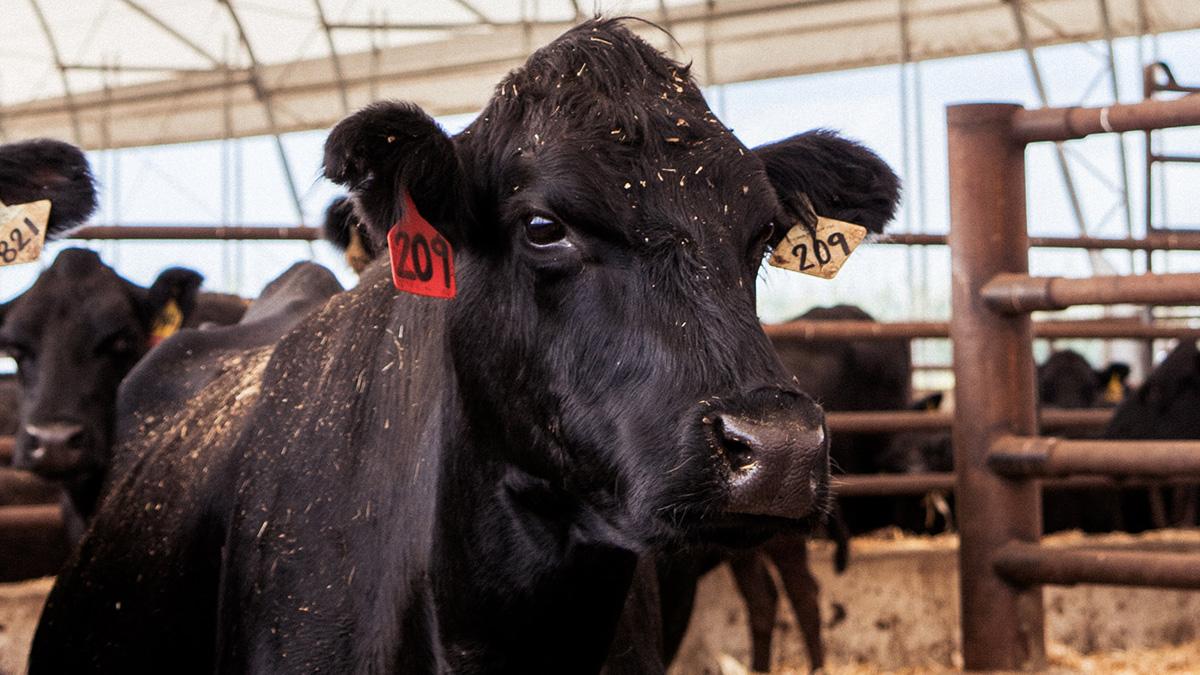Real Ag Stock.
Calves with blemishes are usually cut off when taken to a sale barn and sold for a reduced price. What can a producer do with these calves to add value?
First, let’s look at what determines price.
- Genetic Characteristics
- Sex
- Breed
- Color
- Muscling
- Frame Size
- Management Characteristics
- Weight
- Health
- Horns
- Condition
- Market Characteristics
- Lot Size
- Weight Uniformity
- Fill
- Market Location
- Time of Sale
- Market Conditions
- Fed cattle Price
- Corn Price
- Feeder Calf Price
- Current Profits
This year the cow numbers are lower and so is the calf crop, which will mean higher prices. However, with higher-priced calves, they will be sorted more for blemishes and color which usually drops those calves’ values.
What if we take those calves and background them or you feed them and direct market to relatives and friends. If you decide to feed calves the following are some things to think about.
- Do I have the facilities to feed calves such as
- Bunks or a self-feeder
- Pens with water availability
- Feed Storage
- Pens where cattle can get up out of the mud during the winter.
- The ability to mix hay in the ration or a hay feeder.
- Have cattle been vaccinated for good health during the feeding period?
Other things to consider:
- Have I done an enterprise analysis to see if this is a profitable enterprise?
- Can I sell calves directly to people so I can use a custom plant and they pay the processing charges?
- Or do I need to take it to a USDA-inspected plant so I can sell individual meat packages?
- Am I good at marketing or is someone in the family good at marketing?
- Should I take out Livestock Risk Protection on the calves to set my bottom price?
- Do I know someone who is doing this already to learn from?
Selling these calves with blemishes or color differences could improve your profit if you follow some of the recommended steps. However, it could also be a complete disaster, unless you understand the risks and work to reduce them. Traditionally, about one-half the value of beef is added after cattle leave the farm. Keeping those calves on the farm longer gives you the chance to retain more of the income for the same calf. Most calves with blemishes or differences in color won’t affect their quality of meat if fed right.


